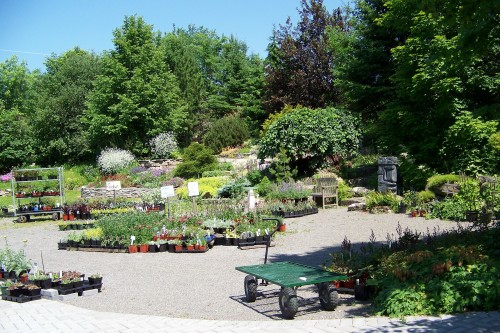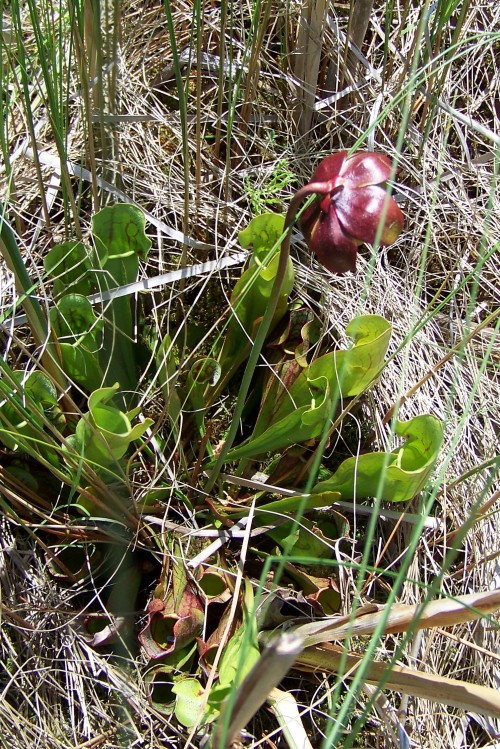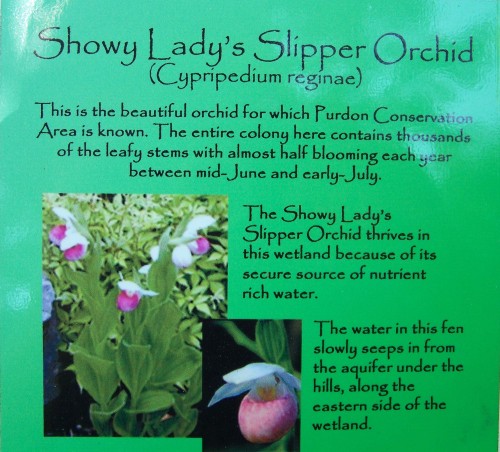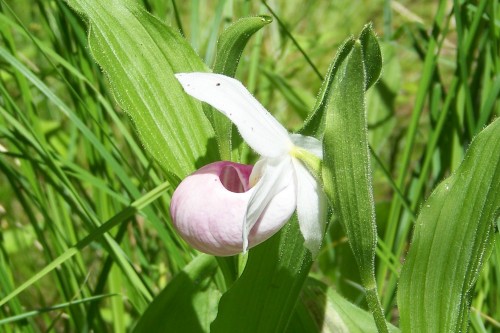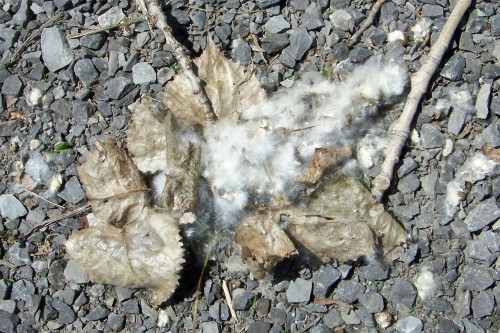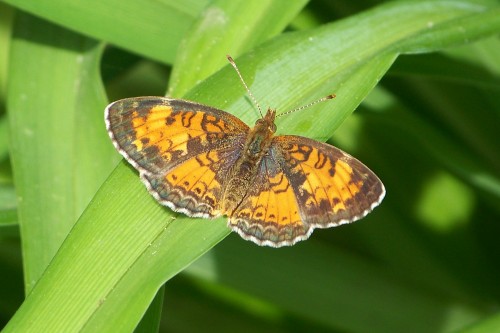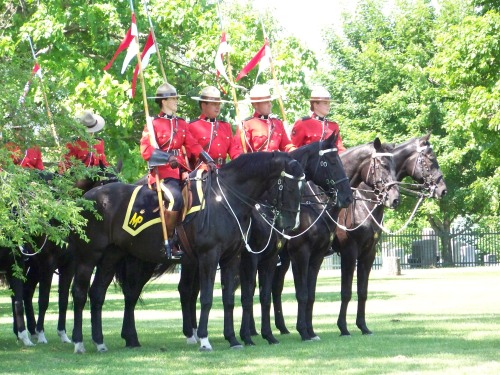
On June 23rd, Iroquois recognized the 50th anniversary of the opening of the St. Lawrence Seaway. The headline event of the celebration, held at the Iroquois Point park beside the seaway lock, was the Royal Canadian Mounted Police Musical Ride. The weather was perfect, a bright sunny day set off by a brilliant blue sky. It was fun to see the horse vans parked in the shade at the west end of the park, and the troop of horses being prepared for their show. Above, the ride assembles amongst the park trees in readiness for their entry into the ring.

Here they come! There was a large and enthusiastic audience seated in bleachers and chairs around the ring. There was a bit of a delay in starting because the shuttle buses, bringing people from the parking lot at the shopping centre, were in big demand, with long lineups of people waiting for a ride. Those who arrived earliest seemed content to enjoy the warmth of the sun as they anticipated the beginning of the ride.

The ride members line up for the introduction and salute. The performance takes about half an hour. The ride is set to music and the 24 horses and riders perform a set of intricately structured figures. The display is best observed from a height so that the designs created by the horses can be appreciated. Still photos can’t capture the flow of the ride, but hopefully these pictures will give you an idea of what it’s like.



Every imaginable variation on intersecting lines is included. Crossing in single file, in pairs, in foursomes, at the trot, at the canter, it’s all there.
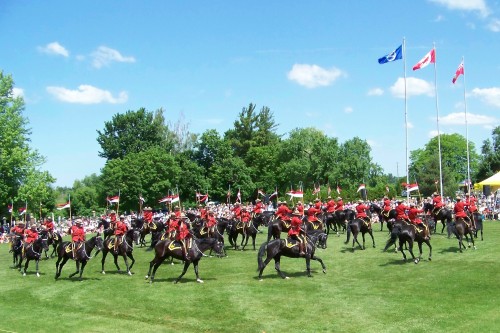
In “The Cartwheel”, horses at the centre of the wheel revolve slowly, while those in the ‘spokes’ and on the outside rim, must move at a trot or canter.

“The Dome” was featured on the Canadian $50 bill.

The ‘Grand Finale” of the ride is the charge, a real crowd-pleaser. After the ride is finished, the riders fan out and position their mounts around the perimeter of the ring so that the audience can come up and admire the horses at close range and ask questions. Below, the mare Visty and her happy, beaming rider are admired by fans. The Musical Ride made a great centerpiece for the celebration.

Read Full Post »
